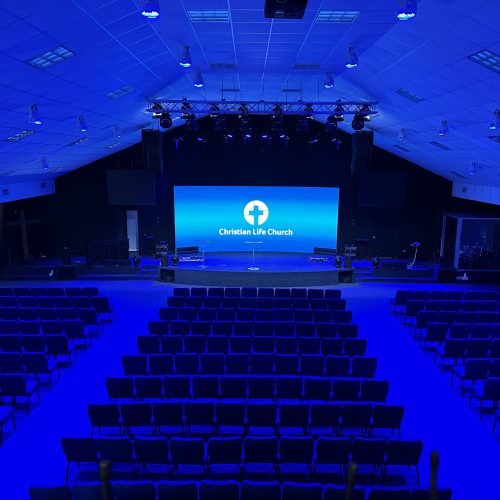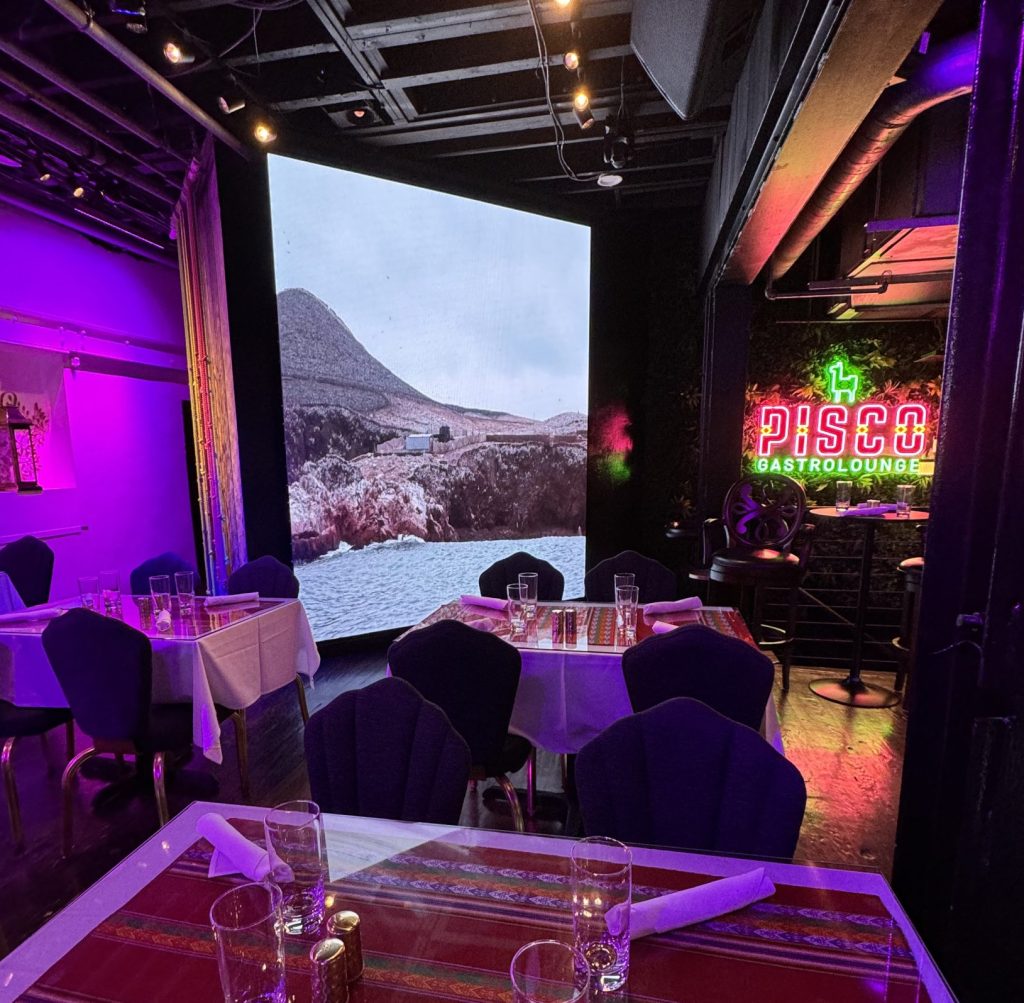Jumbotron vs LED Video Walls
Captivating visual displays have become essential for engaging audiences and creating memorable experiences. Two popular options that dominate the display landscape are Jumbotrons and LED video walls. While both serve the purpose of delivering high-quality content, they differ in key aspects.
In this blog post, we will delve into the world of Jumbotrons and LED video walls, exploring their definitions, functionalities, and the main distinctions between them. By understanding their best uses, advantages, and disadvantages, you will be equipped to make an informed decision when selecting the perfect display solution.
Understanding Hanging Systems:
What is a Jumbotron?
A Jumbotron is a large-scale, high-definition display typically used in outdoor venues such as sports stadiums, concert arenas, and public spaces.
Originally coined by Sony, the term “Jumbotron” has become synonymous with any giant LED screen used for broadcasting live events or displaying multimedia content.
Jumbotrons consist of a series of modular LED panels that are seamlessly joined together to create a single, immersive screen.

How does a Jumbotron work?
A Jumbotron comprises several fundamental components.
Firstly, LED panels form the building blocks of the screen. These panels consist of numerous tiny light-emitting diodes (LEDs) that emit vibrant colors and produce sharp images.
Secondly, a control system processes the video content, converting it into a format suitable for display. This system allows for real-time content management, including live video feeds, advertisements, and graphics.
Lastly, a robust mounting structure supports the LED panels and ensures stability in various environmental conditions.
Differences between Jumbotrons and LED Video Walls:
1. Technology:
- Jumbotrons primarily use LED technology, where each pixel consists of multiple LEDs grouped together. This results in vibrant colors and high contrast ratios.
- LED video walls, on the other hand, employ individual LED modules, where each module represents a single pixel. This configuration offers greater flexibility in terms of resolution and screen size.
2. Seamless integration:
- Jumbotrons are designed to seamlessly join multiple LED panels, creating a large-scale display with minimal visible seams.
- LED video walls may have narrow bezels between modules, resulting in a more apparent seam compared to Jumbotrons.
3. Viewing Distance and Angle:
- Jumbotrons are optimized for long viewing distances and large audiences. They are typically positioned at a considerable distance from the audience, such as in stadiums or concert arenas.
- LED video walls excel in shorter viewing distances and environments where viewers are closer to the screen, such as indoor events, retail displays, or corporate settings.
Best Uses for Jumbotrons and LED Video Walls:
- Jumbotrons are ideal for:
- Sports stadiums: Displaying live game footage, replays, and interactive graphics.
- Outdoor events: Broadcasting concerts, festivals, and public announcements.
- Large public spaces: Engaging audiences with visually immersive content and advertisements.
- LED Video Walls are well-suited for:
- Indoor events: Exhibitions, trade shows, and conferences.
- Retail environments: Captivating shoppers with dynamic product displays and branding.
- Control rooms: Monitoring critical data and displaying real-time information.
Pros and Cons:
Jumbotrons:
Pros:
- Impressive visual impact with large-scale displays.
- Ideal for outdoor venues and large audiences.
- Seamless integration for an immersive viewing experience.
Cons:
- Higher cost due to larger size and complex installation.
- Limited flexibility in screen resolution and size.
LED Video Walls:
Pros:
- Versatile and adaptable to various environments.
- Fine pixel pitch options for superior image quality at shorter viewing distances
In conclusion:
Choosing between a Jumbotron and an LED video wall requires careful consideration of your specific needs and venue requirements. Jumbotrons excel in outdoor environments, large stadiums, and events with massive audiences, offering a visually immersive experience. On the other hand, LED video walls provide versatility, adaptability to various settings, and excellent image quality at shorter viewing distances.
Whether you opt for the grand scale of a Jumbotron or the flexibility of an LED video wall, both options guarantee to captivate your audience and elevate your visual content to new heights. Ultimately, your choice will depend on the nature of your event, viewing distance, budget, and desired visual impact.
At SV Solutions, we recognize the significance of
crafting unforgettable experiences through seamless events.






















